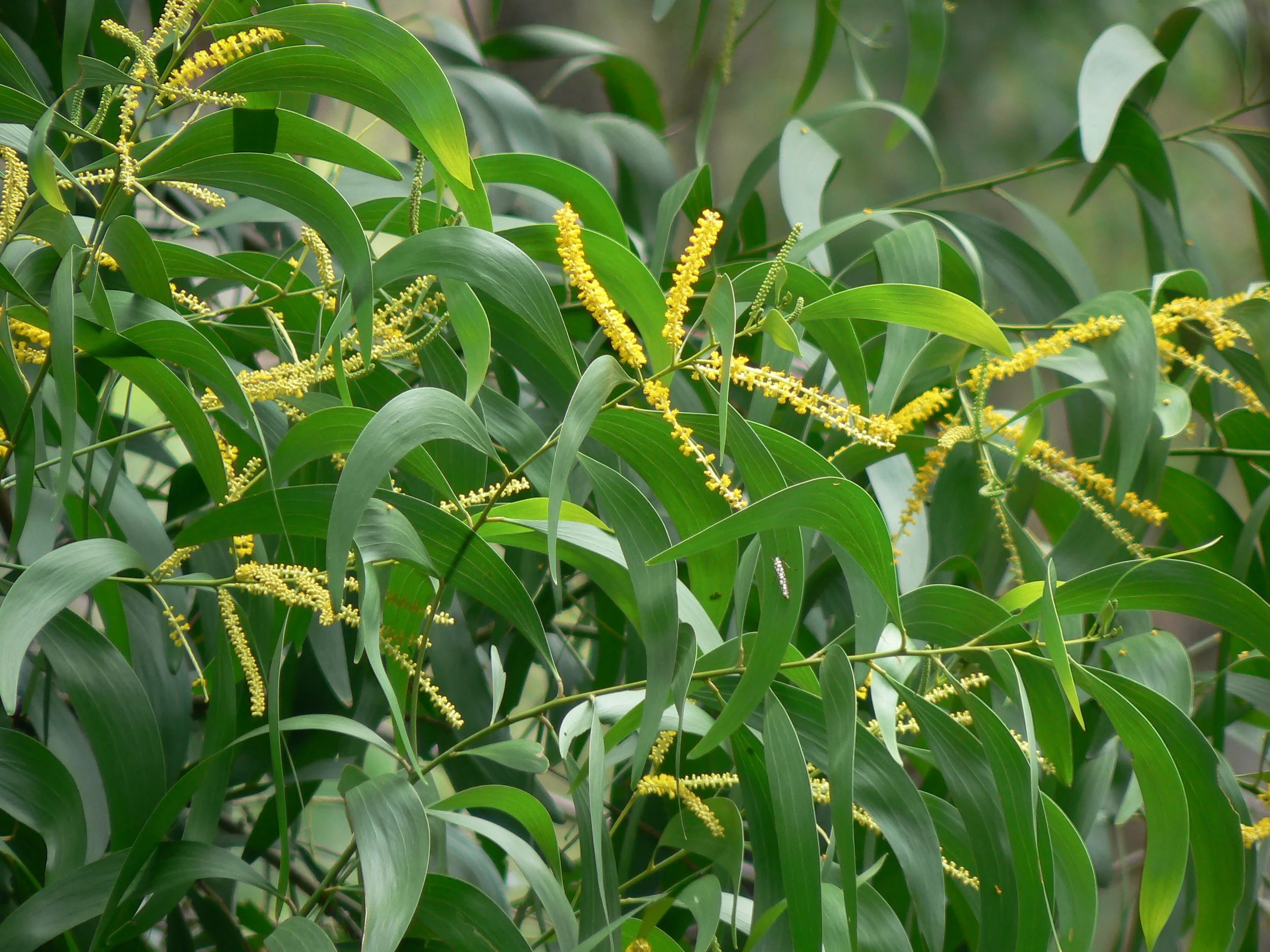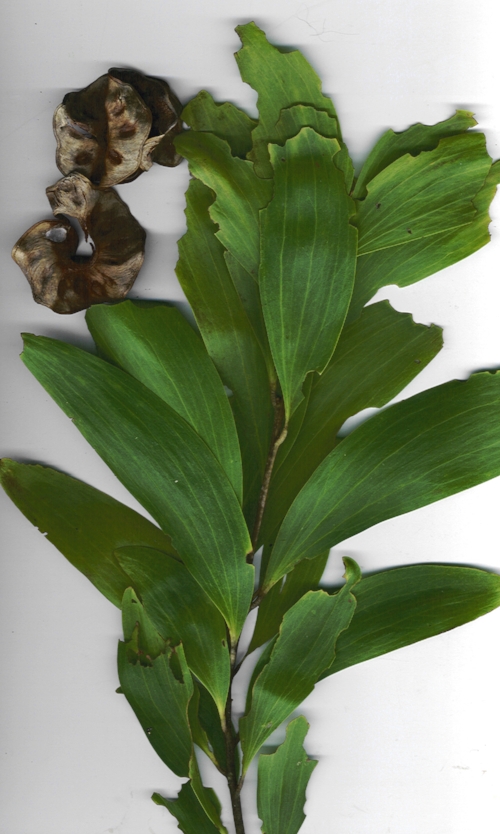NAME: Acacia auriculiformis
FAMILY: Fabaceae
COMMON NAMES: Earleaf acacia, auri, earpod wattle, northern black wattle
LOCAL NAMES: Kasia eleti, Maha Babul, Kondamanu
USEFUL PART(s): Bark, wood
GENERAL USES:
The wood can be use for making paper pulp, furniture, toys and tools.
Wood can serve as fuel for fire
The bark can be use as tanning material and natural dye.
GEOGRAPHIC DISTRIBUTION
Australia
Indonesia
New Guinea
WHY IS IT GREEN?
Acacia auriculiformis medicinal uses include:
Astringent
Conjunctivitis
Rheumatism
ENVIRONMENTAL IMPACT
Erosion control
Shade tree
Improves the Soil quality Fix Nitrogen from the air
OTHER IMPACT
Ornamental purpose
FURTHER READINGS
Galiana, A., Chaumont, J., Diem, H. G., & Dommergues, Y. R. (1990). Nitrogen-fixing potential of Acacia mangium and Acacia auriculiformis seedlings inoculated with Bradyrhizobium and Rhizobium spp. Biology and Fertility of Soils, 9(3), 261–267. https://doi.org/10.1007/BF00336237
Kabir, A., Rafiqul, A. T. M., & Kamaluddin, M. (2006). Acclimation of acacia hybrid (Acacia mangium × Acacia auriculiformis) vegetative propagules to soil water deficits. Dendrobiology, 56, 37–43.
Marsoem, S. N., & Irawati, D. (2016). Basic properties of Acacia mangium and Acacia auriculiformis as a heating fuel. In AIP Conference Proceedings (Vol. 1755). https://doi.org/10.1063/1.4958551
Mihara, R., Barry, K. M., Mohammed, C. L., & Mitsunaga, T. (2005). Comparison of antifungal and antioxidant activities of Acacia mangium and A. auriculiformis heartwood extracts. Journal of Chemical Ecology, 31(4), 789–804. https://doi.org/10.1007/s10886-005-3544-x
Mittal, A., Agarwal, R., & Gupta, S. C. (1989). In vitro development of plantlets from axillary buds of Acacia auriculiformis - a leguminous tree. Plant Cell, Tissue and Organ Culture, 19(1), 65–70. https://doi.org/10.1007/BF00037777
Ng, C. H., Koh, S. C., Lee, S. L., Ng, K. K. S., Mark, A., Norwati, M., & Wickneswari, R. (2005). Isolation of 15 polymorphic microsatellite loci in Acacia hybrid (Acacia mangium x Acacia auriculiformis). Molecular Ecology Notes, 5(3), 572–575. https://doi.org/10.1111/j.1471-8286.2005.00994.x
Nguyen, N. T., Moghaieb, R. E. A., Saneoka, H., & Fujita, K. (2004). RAPD markers associated with salt tolerance in Acacia auriculiformis and Acacia mangium. Plant Science, 167(4), 797–805. https://doi.org/10.1016/j.plantsci.2004.05.016
Sedgley, M., Harbard, J., Smith, R. M. M., Wickneswari, R., & Griffin, A. R. (1992). Reproductive-biology and interspecific hybridization of Acacia mangium and Acacia auriculiformis A. Cunn. ex Benth (Leguminosae, Mimosoideae). Australian Journal of Botany, 40(1), 37–48. https://doi.org/10.1071/BT9920037
Yang, L., Liu, N., Ren, H., & Wang, J. (2009). Facilitation by two exotic Acacia: Acacia auriculiformis and Acacia mangium as nurse plants in South China. Forest Ecology and Management, 257(8), 1786–1793. https://doi.org/10.1016/j.foreco.2009.01.033


